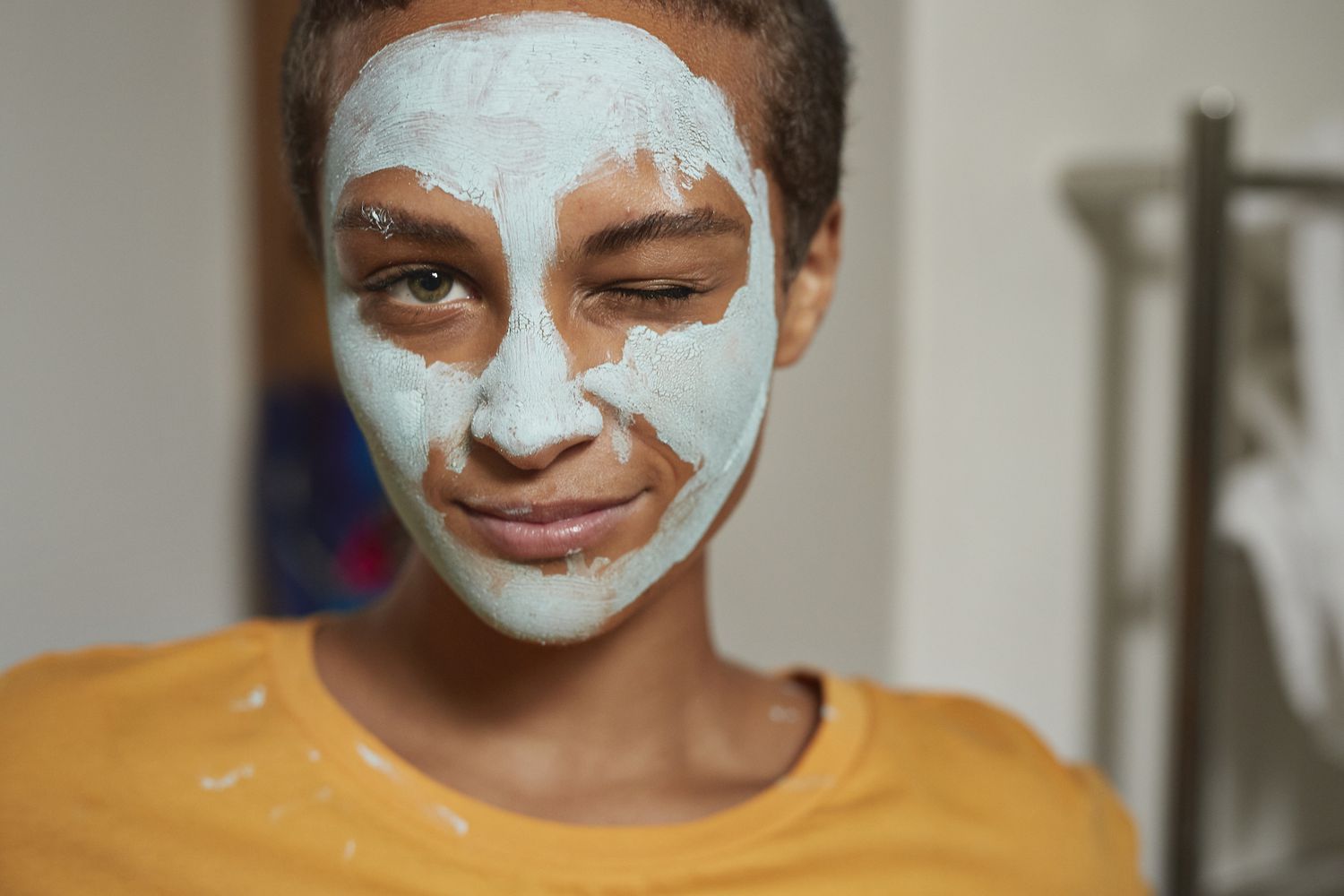In today’s fast-paced world, finding time for self-care can be challenging. However, treating yourself to a spa day doesn’t always require a trip to a luxurious spa. You can create your own rejuvenating experience right at home with DIY face masks. These homemade masks are not only easy to make but also use natural ingredients that can leave your skin feeling refreshed and revitalized. In this article, we’ll guide you through the process of making and using DIY face masks for a spa day at home.
Important Points
Introduction
Benefits of DIY Face Masks
Choosing the Right Ingredients
Basic Ingredients You’ll Need
DIY Face Mask Recipes
● Hydrating Honey and Avocado Mask (H2)
● Exfoliating Oatmeal and Yogurt Mask (H2)
● Soothing Cucumber and Aloe Vera Mask (H2)
● Revitalizing Green Tea and Lemon Mask (H2)
Application and Tips
Precautions to Keep in Mind
Relaxation Techniques for Your Spa Day
Conclusion
FAQs
Benefits of DIY Face Masks
Before diving into the world of homemade face masks, let’s explore the benefits they offer. DIY face masks provide several advantages, such as:
● Cost-Effective: Homemade masks are budget-friendly compared to spa treatments.
● Natural Ingredients: You have control over the ingredients, ensuring they are natural and suitable for your skin.
● Customization: Tailor masks to address your specific skin concerns.
● Convenience: Enjoy a spa experience without leaving your home.
Choosing the Right Ingredients
Selecting the right ingredients is crucial for effective DIY face masks. Consider your skin type and specific needs when choosing ingredients. Here are some common ingredients and their benefits:
Basic Ingredients You’ll Need
Clay: Suitable for oily skin, clay masks help absorb excess oil and tighten pores.
Honey: A natural humectant, honey moisturizes and soothes the skin.
Avocado: Rich in vitamins and fats, avocado nourishes and hydrates dry skin.
Oatmeal: Great for gentle exfoliation and calming sensitive skin.
Yogurt: Contains lactic acid for exfoliation and brightening.
Cucumber: Known for its cooling and soothing properties.
Aloe Vera: Soothes irritated skin and promotes healing.
Green Tea: Packed with antioxidants, green tea combats signs of aging.
Lemon: Offers a natural source of vitamin C for brightening.
DIY Face Mask Recipes
Hydrating Honey and Avocado Mask (H2)
● Ingredients:
1/2 ripe avocado
2 tablespoons honey
● Instructions:
Mash the avocado in a bowl.
Mix in honey until smooth.
Apply to clean face and leave for 15-20 minutes.
Rinse with warm water.
Exfoliating Oatmeal and Yogurt Mask (H2)
● Ingredients:
2 tablespoons oatmeal
2 tablespoons yogurt
● Instructions:
Combine oatmeal and yogurt.
Apply in a circular motion to exfoliate.
Leave on for 15 minutes.
Rinse with lukewarm water.
Soothing Cucumber and Aloe Vera Mask (H2)
● Ingredients:
1/2 cucumber
2 tablespoons aloe vera gel
● Instructions:
Blend cucumber and aloe vera gel.
Apply the mixture and relax for 15-20 minutes.
Rinse with cool water.
Revitalizing Green Tea and Lemon Mask (H2)
● Ingredients:
1 green tea bag
1 teaspoon lemon juice
● Instructions:
Steep the green tea bag and let it cool.
Mix in lemon juice.
Apply and leave on for 15 minutes.
Rinse with cold water.
Application and Skincare Tips
When applying your DIY face mask, follow these tips for the best results:
● Start with a clean face.
● Use a brush or your fingers to apply evenly.
● Avoid the eye area.
● Relax and meditate while the mask works its magic.
● Rinse with lukewarm or cold water.
● Follow up with your regular skincare routine.
Precautions to Keep in Mind
While DIY face masks are generally safe, consider the following precautions:
● Patch test new ingredients to avoid allergic reactions.
● Do not use ingredients you are allergic to.
● If irritation occurs, remove the mask immediately.
● Consult a dermatologist for specific skin concerns.
Relaxation Techniques for Your Spa Day
Enhance your spa day experience with relaxation techniques such as:
● Soft music or calming sounds
● Aromatherapy with essential oils
● Deep breathing exercises
● Meditation or mindfulness
Conclusion
Treat yourself to a refreshing spa day at home with these DIY face masks. Enjoy the benefits of natural ingredients and the relaxation of a spa experience without leaving your doorstep. Pamper your skin and rejuvenate your senses in the comfort of your own space.
FAQs
How often should I use DIY face masks?
● You can use DIY face masks 1-3 times a week, depending on your skin type and needs.
Can I store leftover mask mixtures?
● It’s best to use fresh mixtures for each application to ensure potency.
Are these masks suitable for all skin types?
● Most of these masks are versatile, but it’s important to choose ingredients that match your skin type.
Can I use DIY masks if I have sensitive skin?
● Yes, but be cautious and perform a patch test before applying to your entire face.
Is it necessary to follow up with skincare products after using a mask?
● Yes, it’s recommended to follow up with your regular skincare routine to lock in the benefits.
Now that you have the knowledge and recipes for a spa day at home, it’s time to indulge in self-care and embrace the rejuvenation your skin deserves.


Leave a comment
Your email address will not be published. Required fields are marked *